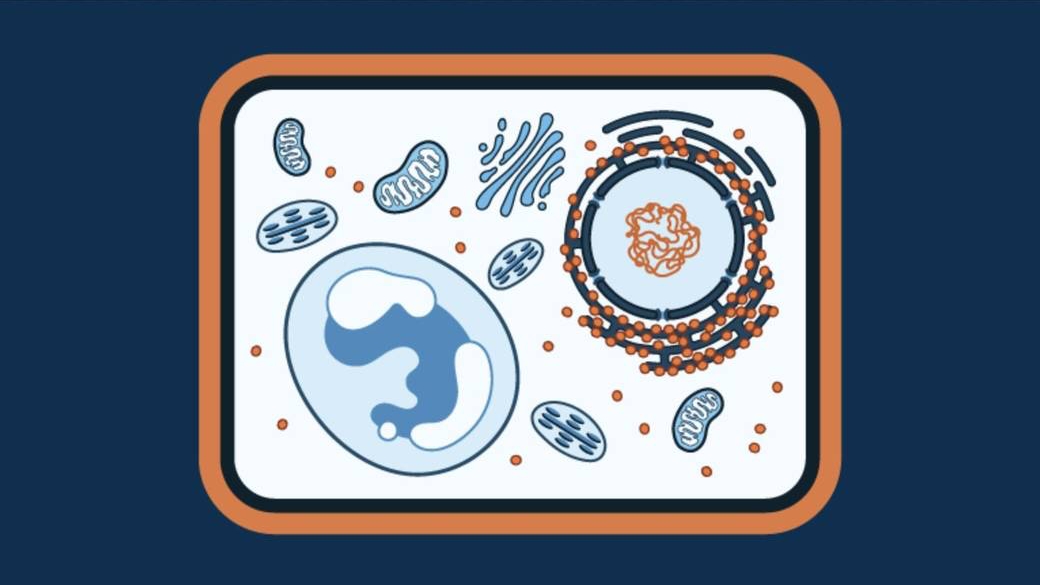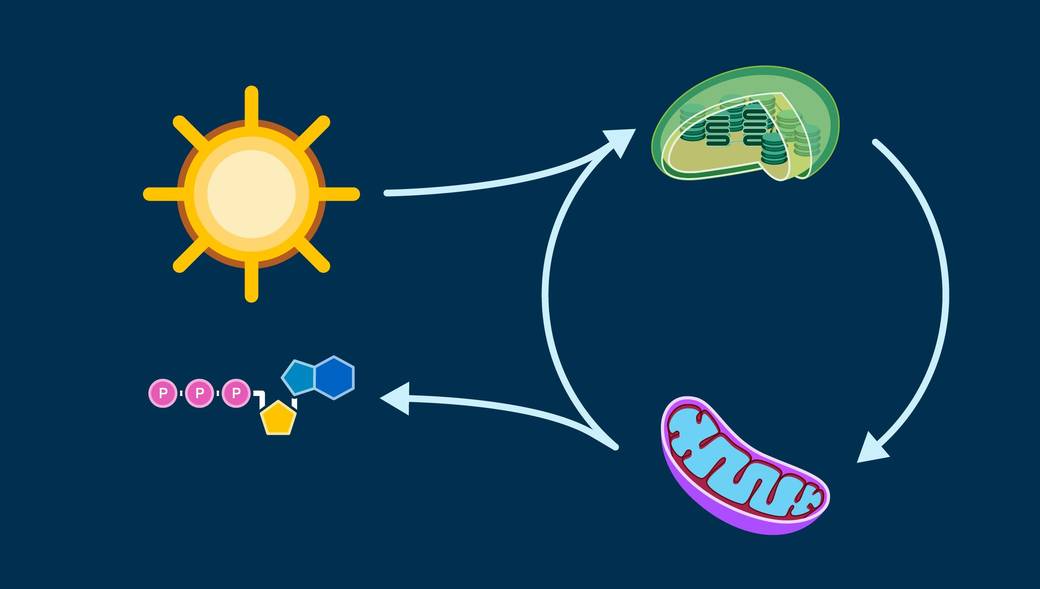Delve Into the Microscopic World of Cells in a New Life Science Cluster
Designed for middle school learners, the new Life Science: Cells cluster consists of eight pathways that explore the important characteristics, structures, and functions of cells.
The cluster is divided into two themed tours, The Microscopic World and Energy in Cells, to facilitate closer examination of each topic. The pathways included in The Microscopic World define living things and introduce cells as a concept, explore the biomolecules that make up cells, and provide an overview of the cell structures and functions essential to life. In Energy in Cells, the pathways delve into how cells receive and process the energy that they need to function, and explore the critical processes of photosynthesis and cellular respiration.

The Microscopic World
1. Characteristics of Living Things
What defines life? This learning pathway explores the characteristics of living things and introduces learners to different types of cells.
2. Biomolecules
What are the building blocks of living things? There are four essential biomolecules within our cells: proteins, lipids, carbohydrates, and nucleic acids. When we understand these important biomolecules, we can unlock the secrets of how living things, like us, are put together and how they work. (This pathway also includes a teaching guide to help educators create a lesson surrounding biomolecules.)
3. Types of Eukaryotic Cells
Why do different types of cells exist? This pathway introduces the concept of cell differentiation and explores different types of eukaryotic cells.
4. Cell Structures and Functions
How do eukaryotic cells work? This pathway explores the essential cellular structures and functions that are crucial for life.

Energy in Cells
1. Introduction to Energy in Cells
How do organisms get the energy they need to perform their vital processes? Every cell, whether prokaryotic or eukaryotic, needs energy, but the means by which they obtain this energy can vary significantly. While some organisms gain energy from consuming other living beings, others have the remarkable ability to harvest energy directly from their environment.
2. Photosynthesis
In this pathway, students will explore photosynthesis in depth. This fascinating process enables plants, algae, and some bacteria to capture sunlight and convert it into essential chemical energy that is stored in molecules like carbohydrates. Photosynthesis takes place primarily in the chloroplast, a specialized organelle that is designed for this energy transformation.
3. Cellular Respiration
In this pathway, students will delve deeper into the process of cellular respiration. Students are introduced to the critical contributors to the process, including ATP—the cell’s energy currency—and mitochondria, where much of this activity occurs. They’ll learn how energy from food is converted into energy that cells can use through the process of cellular respiration.
4. Cellular Metabolism
How do cells get the energy to do work? Energy cannot be created or destroyed, but it can change forms. Cells can only use energy in particular forms, so they need to have methods of transforming the energy that’s available in their environment into a form that they can use. Two primary processes, photosynthesis and cellular respiration, drive the cycling of matter and the flow of energy in cells.
Explore more clusters in the LabXchange library!



.svg)

.svg)



